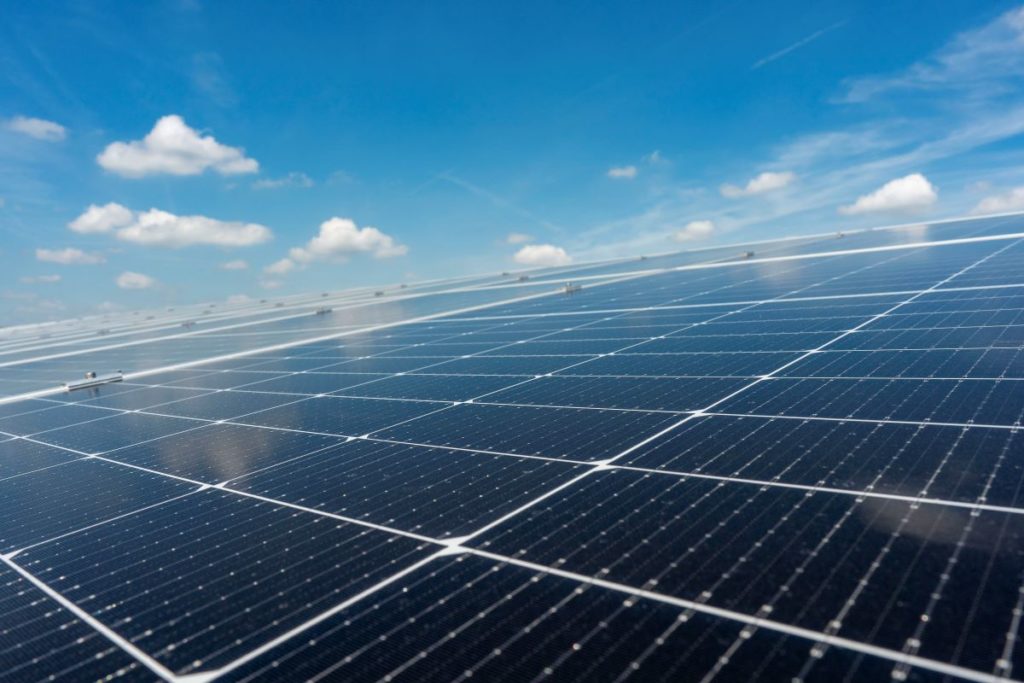Features, Featured Articles, Long Reads
Features, Featured Articles, Long Reads
 Construction for most of RWE’s projects in Poland are set to begin in 2024. Image: RWE.
Construction for most of RWE’s projects in Poland are set to begin in 2024. Image: RWE.
Renewables accounted for 39% of electricity generation capacity in Central and Eastern Europe last year, surpassing coal for the first time, according to a study from energy think tank Ember.
The study covered countries from the Three Seas Initiative (3SI), including Estonia, Latvia, Lithuania, Poland, Czechia, Slovakia, Hungary, Slovenia, Croatia, Bulgaria, Romania, Austria and Greece.
This article requires Premium SubscriptionBasic (FREE) Subscription
Unlock unlimited access for 12 whole months of distinctive global analysis
Photovoltaics International is now included.
Regular insight and analysis of the industry’s biggest developments
In-depth interviews with the industry’s leading figures
Unlimited digital access to the PV Tech Power journal catalogue
Unlimited digital access to the Photovoltaics International journal catalogue
Access to more than 1,000 technical papers
Discounts on Solar Media’s portfolio of events, in-person and virtual
Or continue reading this article for free
In 2010, the share of 3SI countries’ electricity generation from renewables was about 20%, with coal accounting for about 50%, but the difference between the two sources has reduced. In 2019, renewables accounted for 30% of electricity generation capacity in 3SI countries, slightly below coal.
Ember attributed the growth to a number of factors, including the declining costs of wind and solar, both of which are the cheapest sources of electricity. In addition, coal generation became largely noncompetitive under the EU Emissions Trading Scheme, prompting governments to introduce coal exit strategies due in the 2030s.
The updated NECP
The countries of 3SI updated their national energy and climate plans (NECPs) last year. Lithuania, Estonia and Austria all aimed to produce electricity through renewables by the end of the decade. Coal-reliant countries such as Czechia or Poland also significantly increased their renewable electricity targets by 2030, with Czechia from 15% to 41% and Poland 32% to 51%.
Recently, PV Tech reported that Poland’s cumulative installed solar PV capacity surpassed 17GW as of the end of 2023, according to the Institute for Renewable Energy (IEO), a Polish research group. Czechia also added 970MWp solar PV plants to grid in 2023.
In total, the renewables electricity target by 2030 across 3SI countries will increase from 46% in the previous NECPs submitted in 2019 to 60% in the updated drafts. Moreover, the expected solar and wind electricity generation capacity by 2030 will grow to 173GW in the latest NECP drafts, up from 94GW in 2019.
However, Ember said 3SI countries can deploy 200GWdc of solar, 60GW of onshore wind, and 23GW of offshore wind capacity by 2030. This combined capacity is 110GW more than the 173GW electricity generation capacity stated in the updated NECPs.
“This untapped potential could increase the share of renewables in electricity generation to 67% by 2030, surpassing the 60% suggested in the draft NECP updates, and lead to a further decrease in electricity prices,” Ember said in the study.
PV Tech publisher Solar Media will be organising the second edition of Large Scale Solar Southern Europe in Athens, Greece during 2-3 July 2024. The event will focus on an ever-growing market such as Southern Europe with a packed programme of panels, presentations and fireside chats from industry leaders responsible for the build-out of solar PV projects in Greece, Turkey and Croatia. For more information, including how to attend, please go to the official website.
The summit will address the most pressing challenges, opportunities, and trends in the solar power production industry, as well as exploring its complimentary technologies: Energy Storage and Green Hydrogen.
Understanding PV module supply to the European market in 2025. PV ModuleTech Europe 2024 is a two-day conference that tackles these challenges directly, with an agenda that addresses all aspects of module supplier selection; product availability, technology offerings, traceability of supply-chain, factory auditing, module testing and reliability, and company bankability.
>>> Read full article>>>
Copyright for syndicated content belongs to the linked Source : PV Tech – https://www.pv-tech.org/renewables-electricity-generation-beats-coal-first-time-2023/































